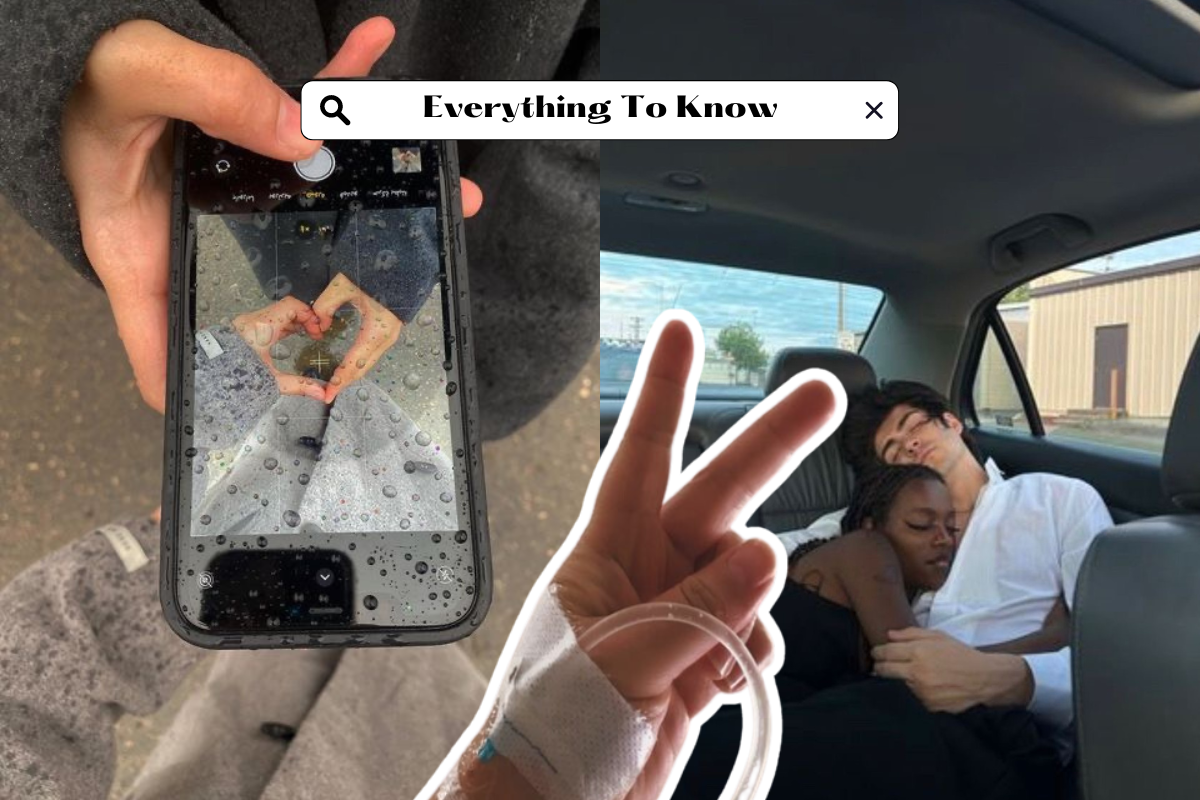How to successful start a blog in 2025 is more than just a trendy Google search — it’s a smart move for anyone looking to share knowledge, build a personal brand, or create an income stream online.
Blogging today isn’t what it used to be. What started as digital journaling has evolved into a powerful platform for creators, coaches, small businesses, and anyone with a message. Whether you’re launching a niche blog about skincare or building a digital product business, blogging opens up doors to passive income, visibility, and long-term growth.
Here’s what makes blogging worth it in 2025:
It’s low-cost to start — All you need is a domain, a platform like WordPress, and your ideas.
It builds your online presence — Essential for freelancers, influencers, or entrepreneurs.
You can monetize it — From affiliate links and ads to digital products and memberships.
It’s timeless — SEO-friendly blog posts can bring in traffic for years after you hit publish.
Starting a blog gives you ownership of your platform — unlike social media algorithms, your blog is a space that’s fully yours. Think of it as digital real estate that gains value the more you nurture it.
Choosing the Right Niche
If you want to know how to successful start a blog that actually earns, your niche will make or break it.
A niche is the focused topic your blog covers — like skincare for teens, personal finance for single moms, or minimalist home decor. Niching down doesn’t limit you; it sets you up as the go-to expert in your space. Instead of being just another “lifestyle blogger,” you’re now the blogger who helps college students budget without giving up iced coffee.
How to Choose the Right Niche for You
Interest + Experience: What could you write 20 posts about without running out of ideas?
Audience Demand: Use tools like Google Trends, Pinterest, or Answer the Public to see what people are searching.
Monetization Options: Can you recommend products? Offer services? Create digital goods?
Competition Check: High competition means there’s a market — but you’ll need to niche down further or offer a unique twist.
Example: Instead of starting a general “wellness” blog, niche down to “wellness for postpartum moms with limited time.” It’s specific, targeted, and solves a clear problem.
Why You Must Niche Down
When you try to write for everyone, you attract no one. Readers want solutions to their problems, not a scattered list of blog posts. Niching down builds trust and makes it easier to grow an audience that sticks around.
Start Writing Your Content (Before Launch)
One of the biggest mistakes beginners make when learning how to start successful a blog for beginner is rushing to design a site with no content ready. Instead, flip the process: write first, design later.
Here’s how to write your first blog posts in smart, strategic steps:
Step 1: Plan 5–10 Core Blog Posts
Before launching, you should have a few strong posts ready to go. These should solve real problems for your target reader. Think:
“How to Budget with a Part-Time Job in College”
“The Best 10-Minute Skincare Routine for Busy Moms”
“DIY Home Office Setup on a Budget”
Use your niche to guide your topics and start with evergreen content that will stay relevant over time.
Step 2: Use a Simple Post Structure
A great blog post has:
A hook in the intro (speak directly to your reader’s problem)
Clear subheadings (H2/H3s with keywords)
Easy-to-skim paragraphs and bullet points
A call-to-action at the end (comment, share, join your email list)
Bonus tip: Use the main keyword (like “how to start succesful a blog”) naturally in your intro and headings. It helps with SEO and sets the tone.
Step 3: Outline Before You Write
Don’t open a blank page and hope for the best. Start by jotting down a basic outline of what the post will cover — this helps you stay focused and makes writing way easier.
Step 4: Write in Batches
Try to write a few blog posts before you even buy your domain. This removes the pressure of publishing immediately and gives you time to edit and improve your writing.
I recommend:
Writing 3 posts your audience needs right now
Writing 1 post that shows your personality or experience
Writing 1 “start here” or introduction post
Step 5: Edit Like a Pro
Use tools like Grammarly or Hemingway Editor to catch grammar errors and awkward sentences. Then, read your post out loud. If something sounds clunky, revise it. Clear writing = better reader trust.
Designing Your Blog: Tips Before You Start
When people ask how to start sucessful a blog, they often think design is the first step — but it’s actually the third or fourth. By now, you should already have your content written or planned out. That way, you’ll know exactly how to organize your layout and what your readers need to see first.
Here’s how to approach your blog design like a pro (even if you’re not tech-savvy):
Step 1: Get Visual Inspiration
Before touching WordPress or any website builder, start by collecting inspiration.
Look at other blogs in your niche — what do you like about their layout?
Save designs you love on Pinterest or Notion.
Pay attention to things like:
Navigation (menu, categories)
Fonts (clean and easy to read)
Colors (3-color max works best)
Photo layout and featured images
Tip: Avoid copying someone else’s design exactly — aim to be inspired, not identical.
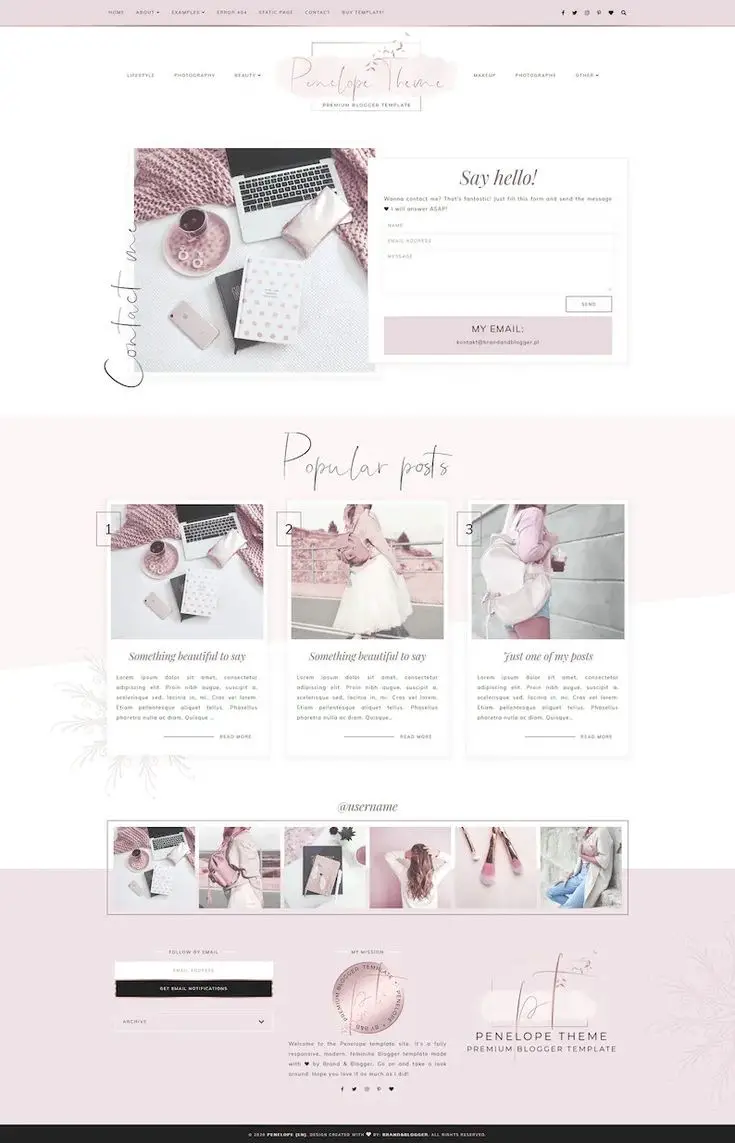

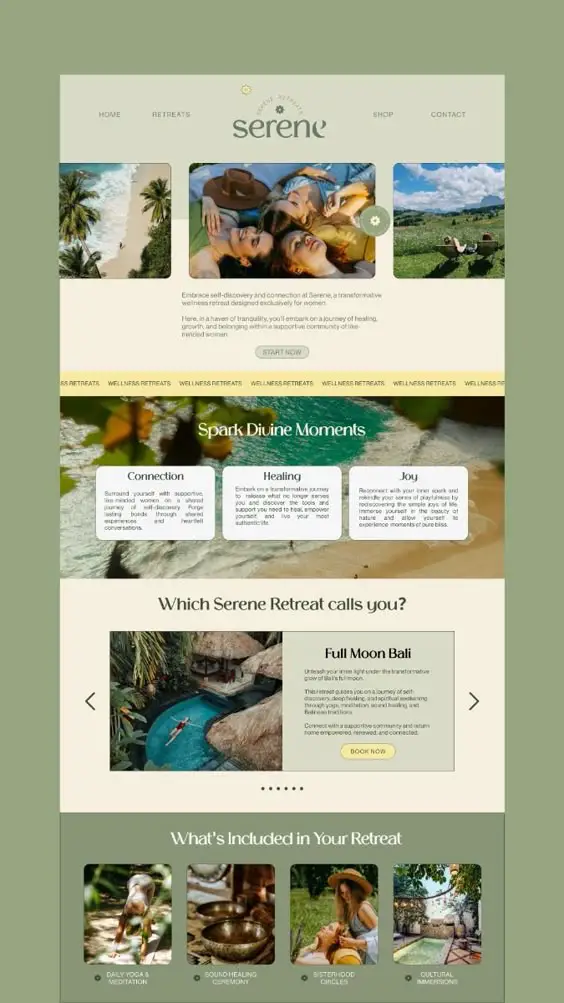
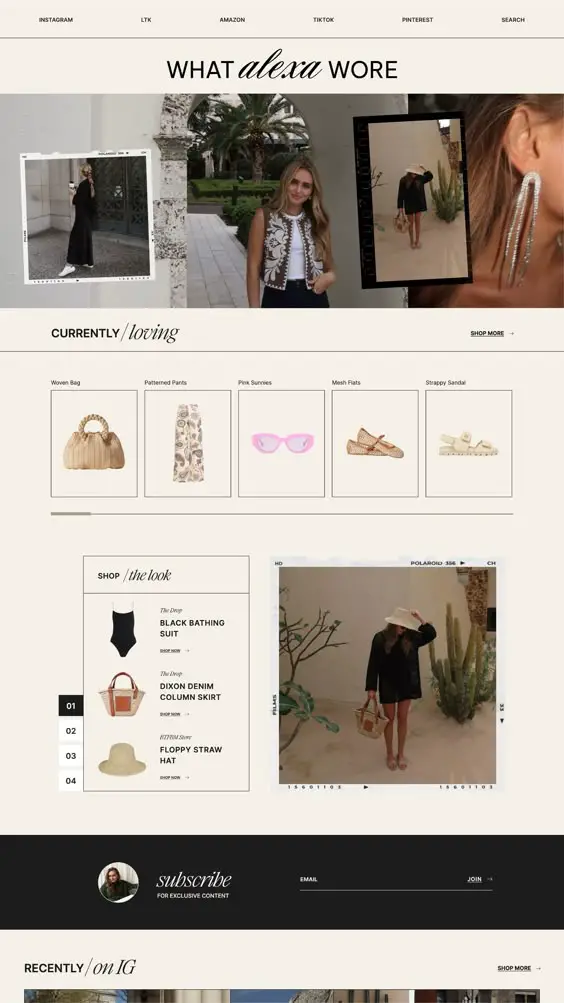



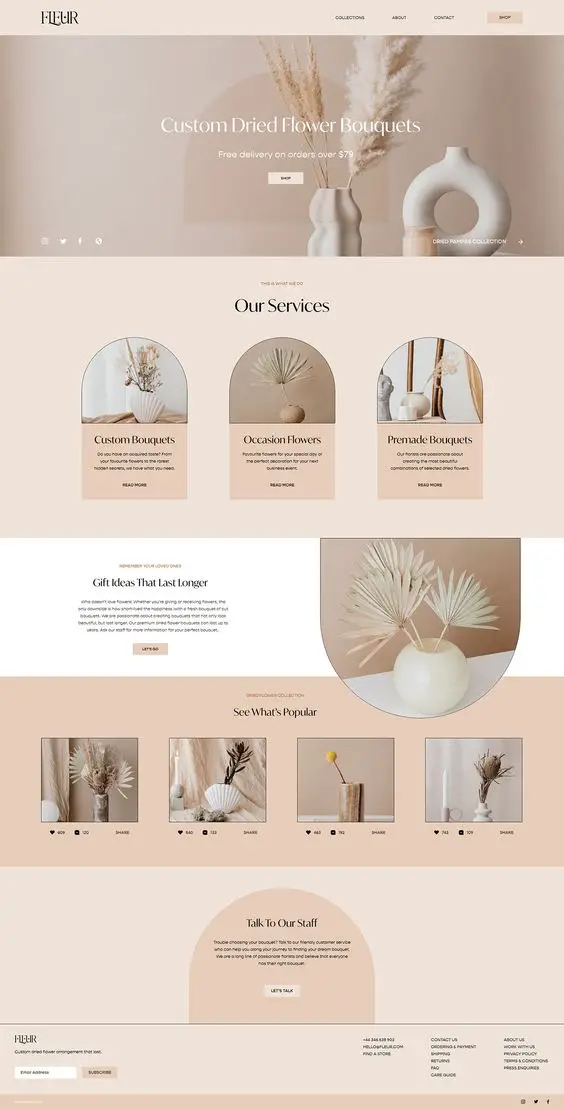


Step 2: Use Canva or Figma to Mock Up Your Blog
If you’re a beginner, Canva is your best friend. Create a simple mockup of your homepage, sidebar, and blog post layout so you know where everything goes before you log in to WordPress.
You don’t need to be a designer — even a rough visual plan helps you:
Avoid overwhelm
Choose a cohesive theme
Know where to place opt-ins, menus, and social links
Step 3: Choose a Clean, Mobile-Responsive Theme
When you create a blog using WordPress (or any builder), your theme controls the layout and vibe.
Look for:
Mobile-friendly designs (over 60% of readers browse on phones)
Customizable fonts and colors
Built-in SEO optimization
Good support & regular updates
Recommended beginner-friendly themes:
Astra (free + paid)
Kadence
Hello Elementor (for use with Elementor builder)
Blossom themes (aesthetic, blog-ready)
Step 4: Design With Function First, Style Second
Yes, your blog should be pretty — but it must be easy to use. A clean blog that loads quickly, has readable fonts, and makes it easy to find content will always perform better than one that’s over-designed.
Keep it clutter-free
Use plenty of white space
Make your menu simple: Home, Blog, About, Contact
Prioritize your most helpful posts in sidebars or “start here” sections
Essential Pages Your Blog Needs
A blog isn’t just about posts — it needs key pages that tell visitors who you are, what you offer, and how they can connect with you. Whether you’re blogging as a hobby or building a business, these pages matter.
Here are the 5 must-have pages to include when you create a blog:
About Page: Share Your Story
Your About page tells people who you are and why your blog exists. Keep it personal but relevant Highlight the blog’s mission or transformation promise Share your experience or “why” for starting the blog Add a photo of yourself if possible — it builds trust Example: “I started this blog to help busy women turn their side hustle into full-time freedom.”
Contact Page: Stay Accessible
Every blog needs a Contact page — even if you’re not selling anything yet. Use a simple contact form or list your email Add social links or business inquiries info This also helps brands find you for collabs or sponsorships
Privacy Policy & Terms of Service
Slide 3 Sub Title
These are non-negotiables for SEO and ad networks. A Privacy Policy tells users how you collect and use data (needed for Google and affiliate programs) Terms of Service outlines disclaimers and blog rules Tip: Use free generators like TermsFeed or PrivacyPolicies.com.
Start Here Page: Guide First-Time Visitors
Slide Sub Title
A “Start Here” page gives new readers a clear path. Think of it like a tour guide. Include: Who your blog is for What topics you cover Your top-performing or most helpful blog posts A link to join your email list or grab a freebie
Choosing a Blogging Platform: What Beginners Need to Know
If you’ve been Googling “how to start a blog,” you’ve probably seen WordPress, Wix, Squarespace, Blogger, and more. But not all platforms are created equal — and choosing the right one from the start saves you major headaches down the line.
What I Personally Use (and Why)
I chose WordPress.com through Namecheap for hosting. It was beginner-friendly and budget-conscious:
Domain name: $7.16/year
One-year hosting: $11.76
That’s it — simple, affordable, and perfect for a beginner blogger. And it gave me room to grow without switching platforms later.
Here’s a Breakdown of the Most Popular Platforms
| Platform | Best For | Cost | Ownership | Monetization |
|---|---|---|---|---|
| WordPress.org | Full control, scaling up | Hosting & domain | You own it | Unlimited potential |
| WordPress.com | Beginners, no coding | Free to $ | Limited unless upgraded | Limited without business plan |
| Wix | Simple drag-and-drop | Free to $$$ | Owned by Wix | Monetization allowed on paid plans |
| Squarespace | Design-focused creators | $$$ | Owned by Squarespace | Supports monetization |
| Blogger | Hobby blogs | Free | Google owns it | Limited monetization |
Why Most Bloggers Choose WordPress.org (Eventually)
Even if you start on WordPress.com, most full-time bloggers eventually migrate to WordPress.org because:
You fully own your content and site
You can install plugins for SEO, speed, email opt-ins, and more
You get better control over design, ads, and affiliate marketing
Think of WordPress.org as owning your house, while other platforms are like renting an apartment — convenient, but limited.
Setting Up Your Monetization Strategy
Monetization isn’t something you tack on later — it’s a strategy that shapes your content, branding, and even your audience. Whether you want passive income, brand partnerships, or to sell your own products, having a plan early gives your blog purpose and direction.
Here’s how to make sure your blog is ready to earn:
Step 1: Decide on Your Primary Income Streams
These are the four most popular ways bloggers make money:
| Income Stream | How It Works | When to Start |
|---|---|---|
| Affiliate Marketing | Promote others’ products and earn commission | Early on (just be strategic) |
| Digital Products | Sell printables, templates, ebooks, etc. | Once you build some content |
| Ad Revenue | Earn from traffic using ad networks like Google AdSense or Ezoic | Wait until you hit 5K+ monthly visits |
| Sponsored Posts | Brands pay you to write posts or promote products | Once you have a defined audience |
Step 2: Focus on Affiliate Marketing + Your Own Products
Most new bloggers don’t realize this: your own products and affiliate links outperform ads — especially when your blog is still growing.
Why?
Ads pay cents per click.
Affiliate links and digital products can bring in $10–$100+ per sale.
You can promote them naturally in your blog content.
Tip: Start by joining affiliate programs related to your niche. Amazon Associates is a good beginner option, but niche-specific ones (like travel gear, software, or fashion) usually pay more.
Step 3: Build Around What You’ll Sell
Let’s say you want to sell printable planners. Your blog posts should:
Help readers solve planning problems
Show before/after results of using your planner
Link to your shop or freebies that lead to sales
The same goes for affiliate content:
Write tutorials or reviews using your affiliate links
Answer “best of” questions: best skincare for oily skin, best study planners, best beginner blogging tools
Step 4: Don’t Add Ads Too Soon
It’s tempting to slap ads on your site early, but:
They can slow down your site
They don’t pay well unless you have 10K+ visitors/month
They distract from higher-converting links or products
Better option? Wait until you qualify for higher-paying ad networks like Ezoic or Mediavine.
Setting Up Analytics for Your Blog and Social Media
You can’t grow what you don’t track. Setting up tools like Google Analytics and Google Search Console from the start gives you insight into your traffic, content performance, and audience behavior.
Why Analytics Matter
Even if your blog is brand new, using analytics can give you a major advantage. One of the first things you’ll discover is which blog posts are bringing in the most traffic. This helps you double down on what’s already working.
You’ll also get insight into where your readers are coming from. Are they finding you on Google? Clicking through from Pinterest? Tapping a link on Instagram? This tells you which platforms deserve more of your energy.
Another huge benefit is keyword tracking. You’ll see what search terms your blog is ranking for — even if it’s just a few. That’s valuable data you can use to create even more targeted content.
Analytics also help you understand your audience better. You’ll learn things like their age, where they live, and what topics they’re interested in — all of which shape your content strategy.
And finally, you can catch technical issues early. Things like slow load times or broken links might not seem urgent, but they can seriously affect user experience and search rankings.
Overall, analytics help you tune in to what your readers actually care about — and that’s how growth happens.
Google Analytics: The Basics
Google Analytics tracks everything visitors do on your blog — it’s a free, essential tool.
Here’s what you can learn:
| Feature | Why It’s Useful |
|---|---|
| Audience demographics | Age, location, device type |
| Behavior flow | See which pages people visit and in what order |
| Traffic sources | Know which channels bring visitors (Pinterest, Google, direct) |
| Real-time activity | See who’s on your site right now and what they’re doing |
| Conversion tracking | Track sales, email signups, or button clicks |
Pro Tip: Set up conversion goals early, like email opt-ins or product downloads. It’ll help you know what turns a visitor into a subscriber.
Google Search Console: The SEO Goldmine
Search Console is a free tool that shows how your site appears in Google search results — and helps you fix SEO issues.
| Feature | Why It’s Useful |
|---|---|
| Search performance | See what keywords bring traffic and what your average position is |
| Index coverage | Know which pages Google has indexed (and which ones have errors) |
| Mobile usability | Make sure your site looks good on phones |
| Backlinks report | See what sites are linking to you |
Social Media Analytics
If you’re using Instagram, Pinterest, or TikTok for blog traffic, use each platform’s built-in insights:
Instagram: Check reach, interactions, saves, and link clicks in your profile insights
Pinterest: See outbound clicks and which pins drive blog traffic
TikTok: Analyze views, watch time, and profile taps
Use these numbers to double down on what’s working — and drop what’s not.
Crafting a Content Calendar for Blogging Success
One of the biggest reasons blogs lose momentum is a lack of consistency. That’s where a content calendar becomes your best friend. It’s not just a schedule — it’s your strategy in action.
Whether you’re blogging once a week or batching posts monthly, a solid plan helps you stay organized, avoid burnout, and make sure your content aligns with your goals.
A good content calendar keeps you focused on:
What to post and when
How to support launches, affiliate offers, or seasonal trends
Maintaining a balance between evergreen content and trending topics
It also prevents one of the most common beginner mistakes: writing random posts that don’t build on each other or help your blog grow.
Even a simple spreadsheet or digital planner can help you map out your month, track ideas, and stay on-brand.
If you’re serious about treating your blog like a business, don’t skip this part — plan your content like it matters, because it does.
Conclusion on How to Start a Successful Blog
Starting a blog in 2025 isn’t just about sharing your thoughts — it’s about building something meaningful, scalable, and potentially profitable.
Whether you’re here to express your creativity, grow an online business, or share your unique knowledge with the world, the steps you’ve learned — from choosing your niche to setting up analytics — are the foundation of long-term success.
Remember:
Your niche gives you direction.
Your content builds trust.
Your monetization strategy fuels income.
Your consistency builds credibility.
If you’re wondering how to start a blog that stands out, the answer lies in strategy, passion, and the willingness to treat your blog like a brand from day one.
So take a breath, take that first step, and get ready to build something amazing.
Your blog isn’t just a website — it’s your online legacy.

